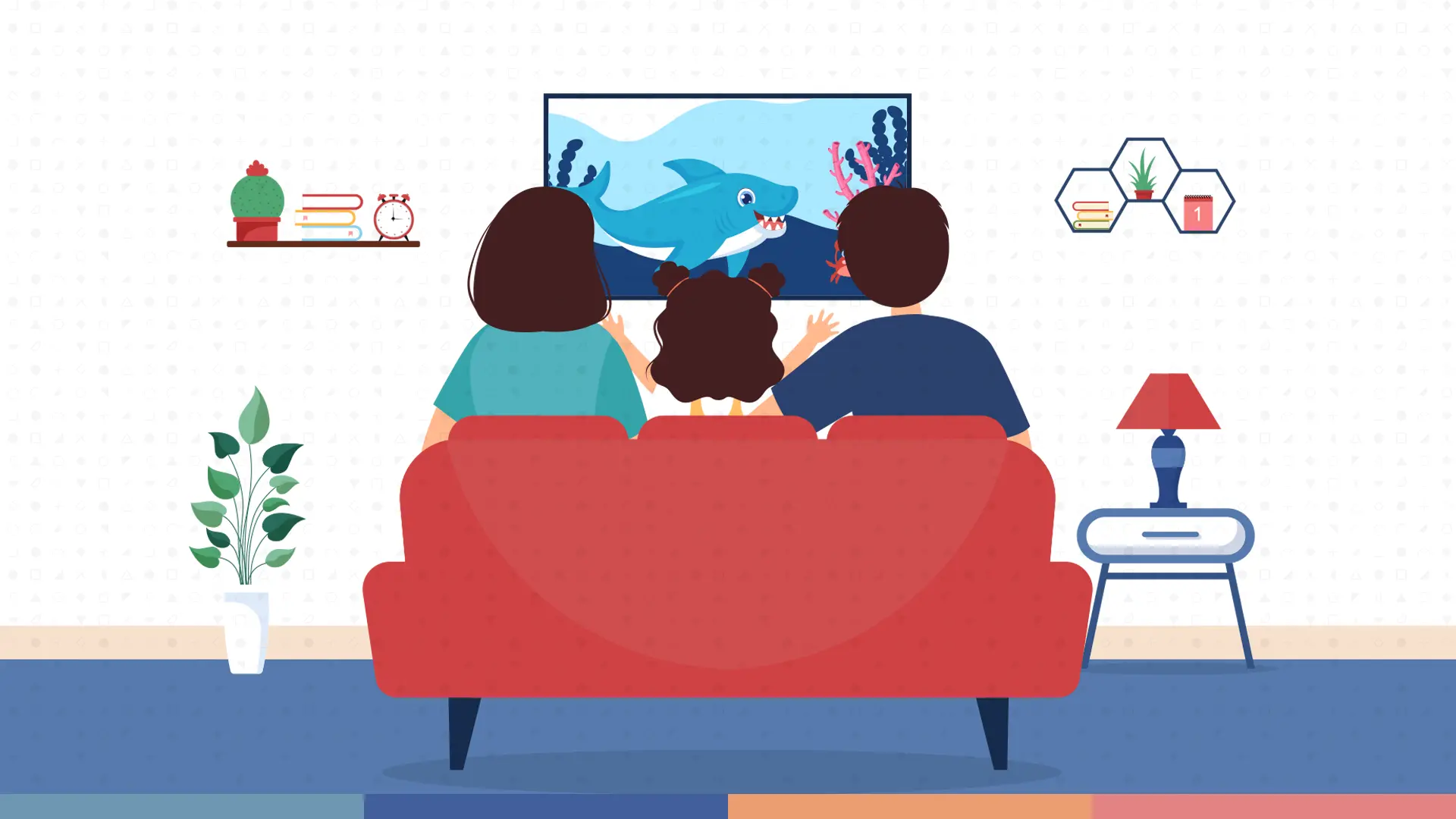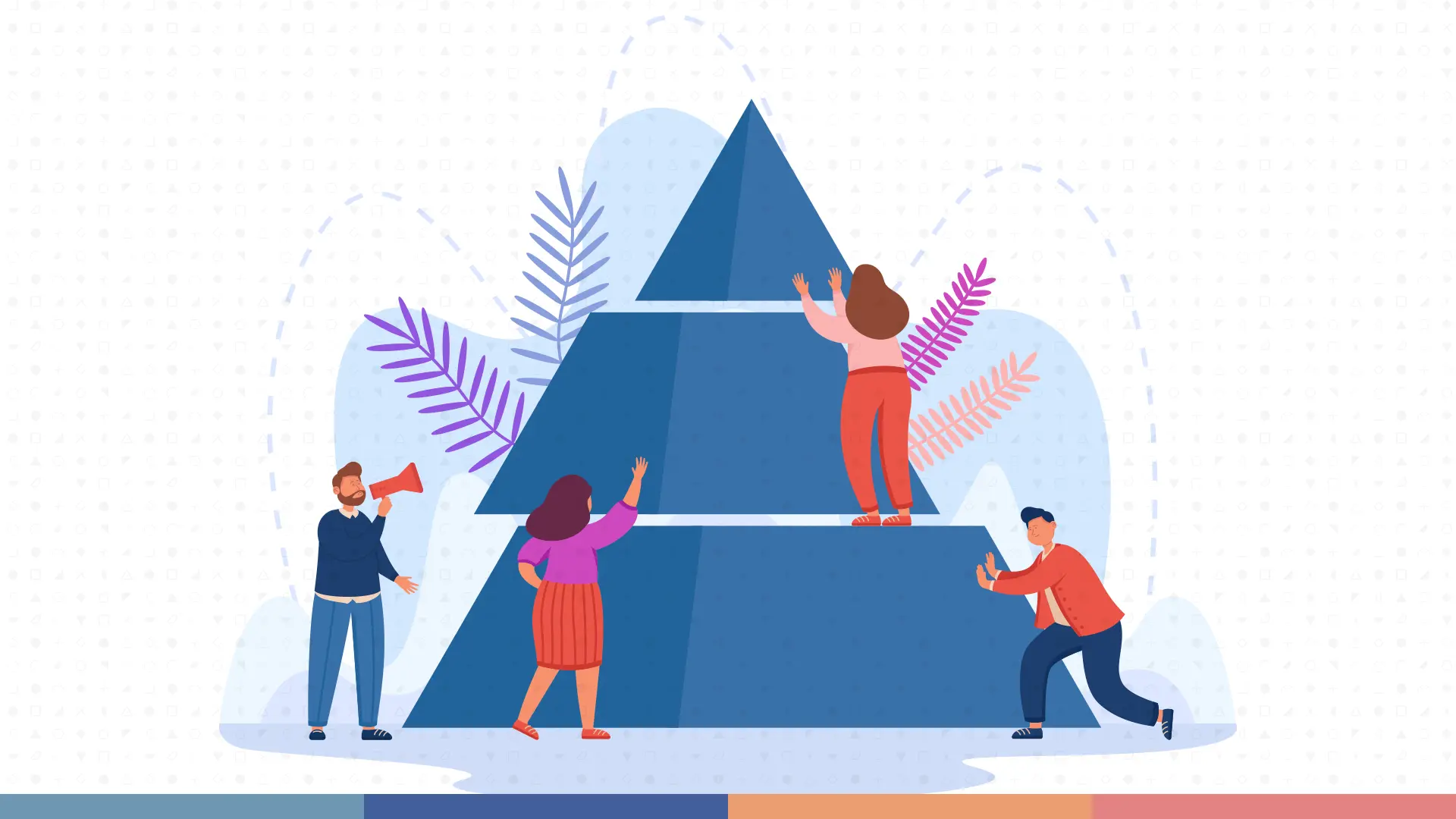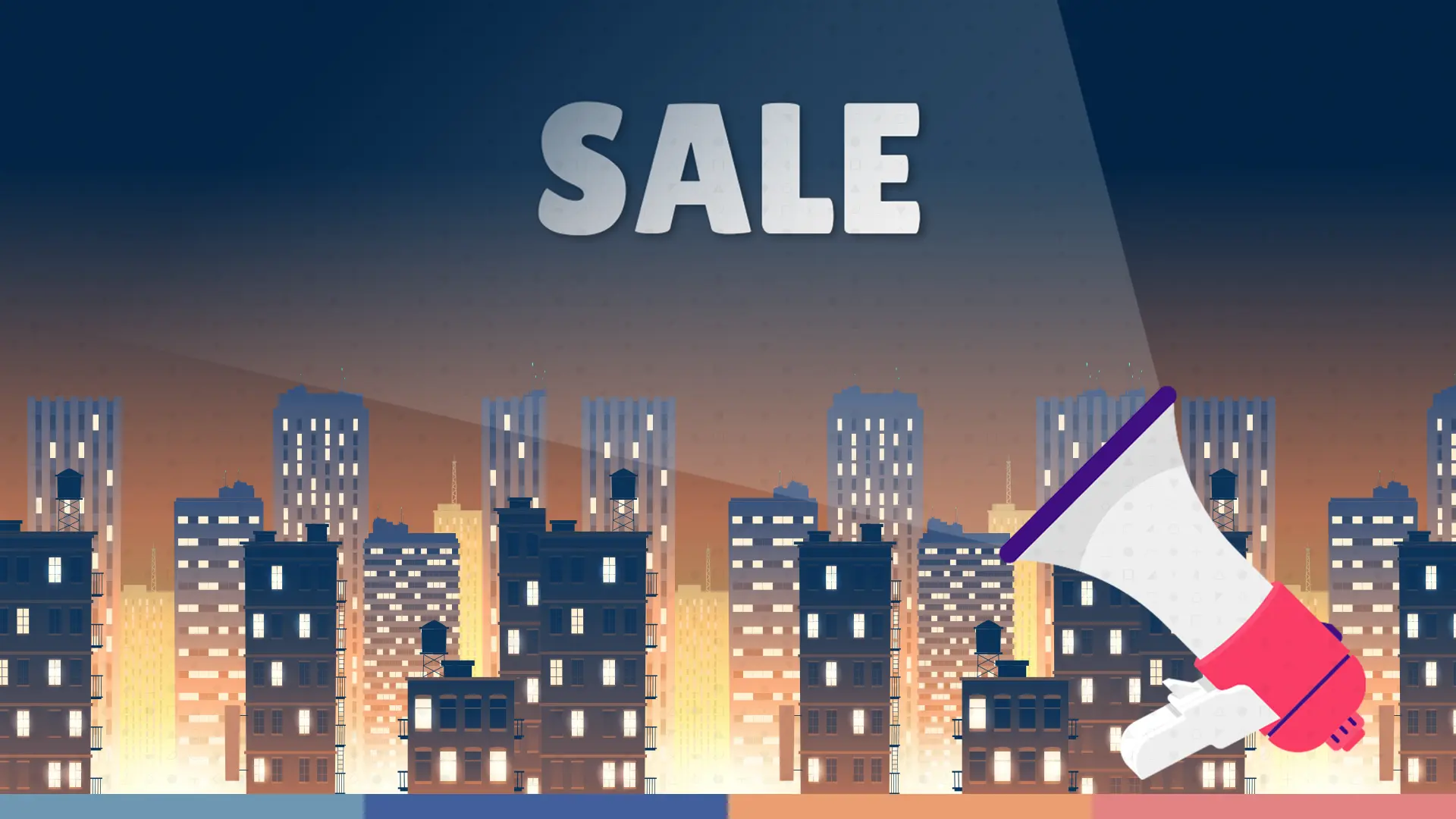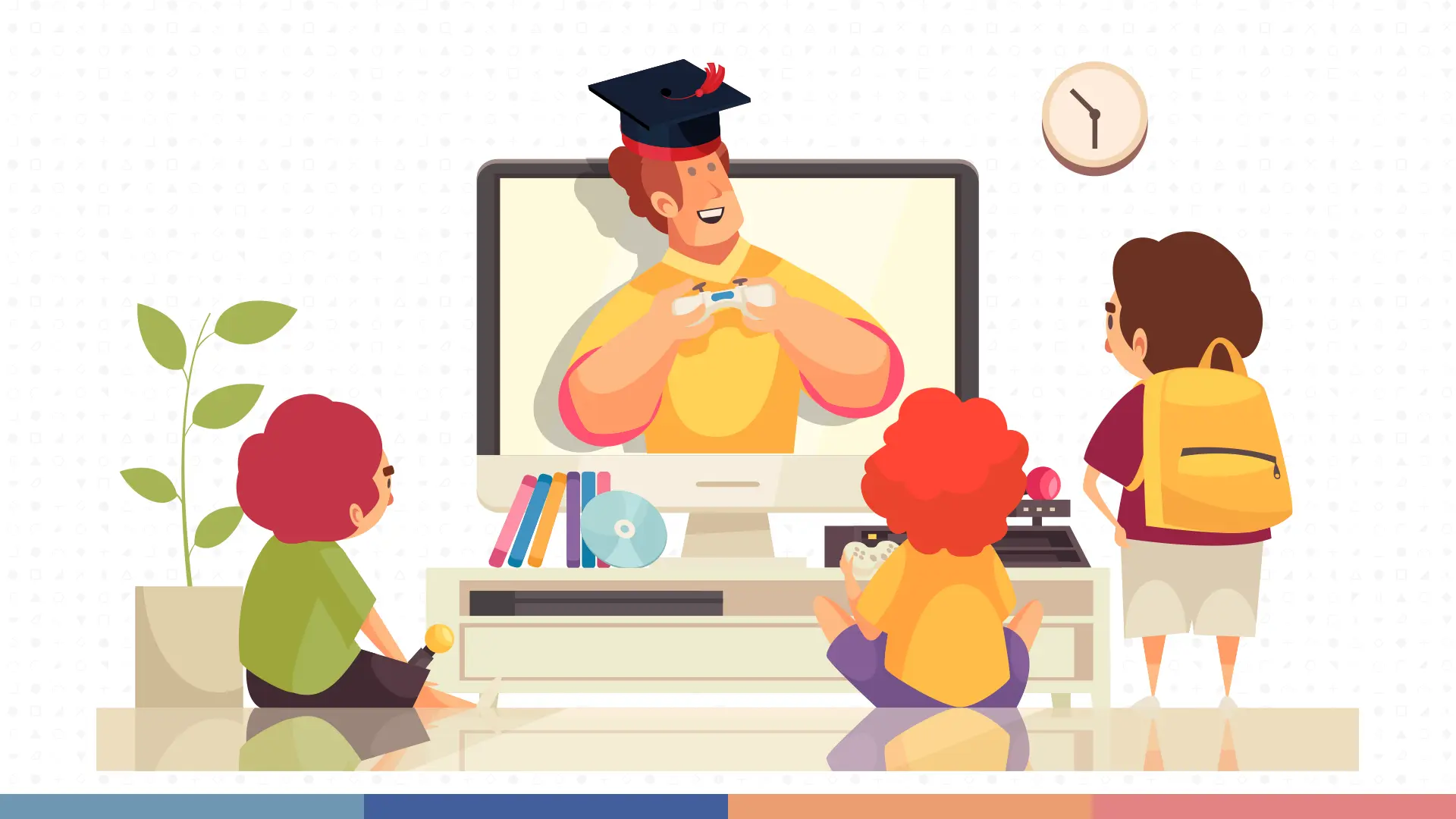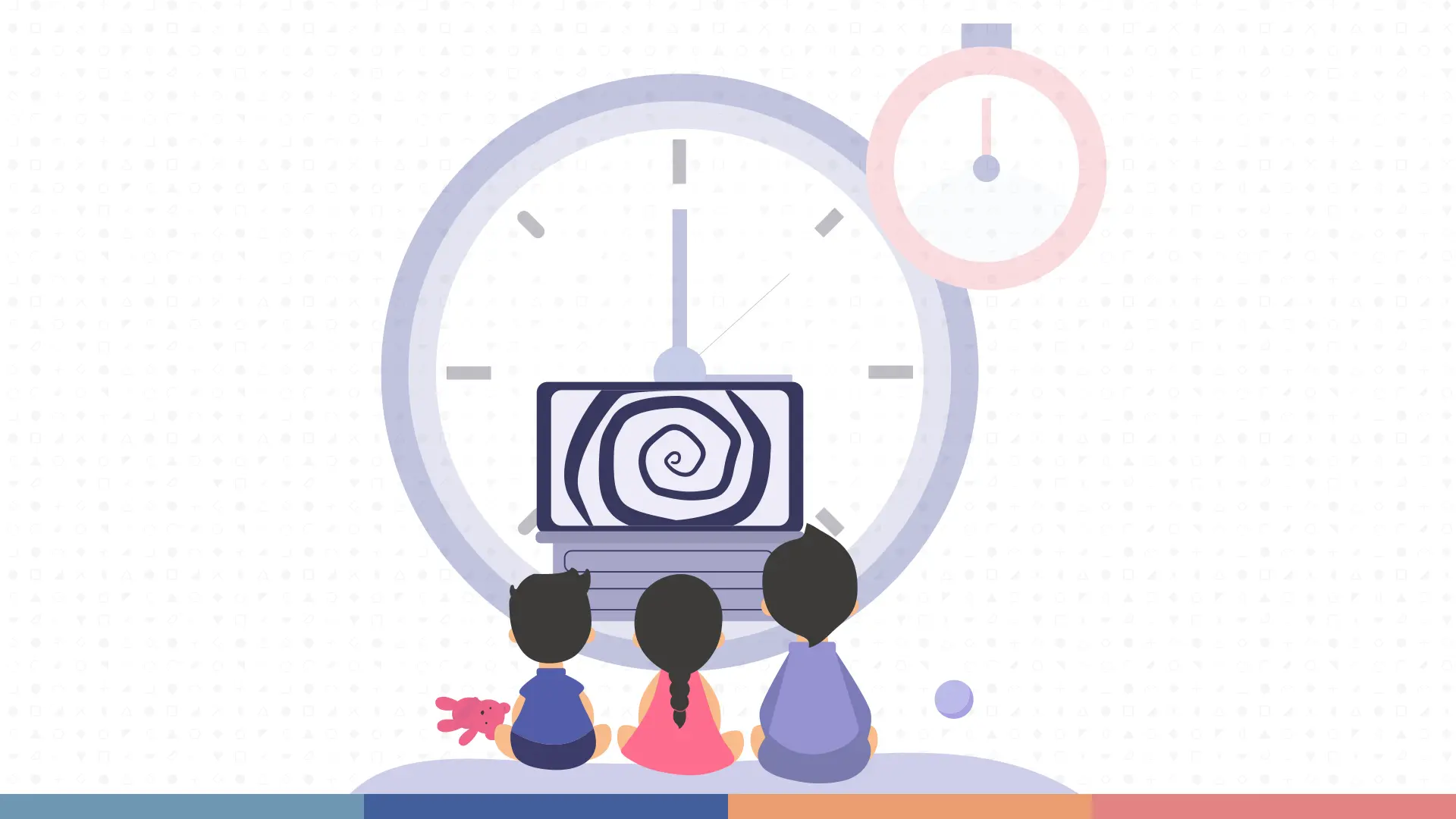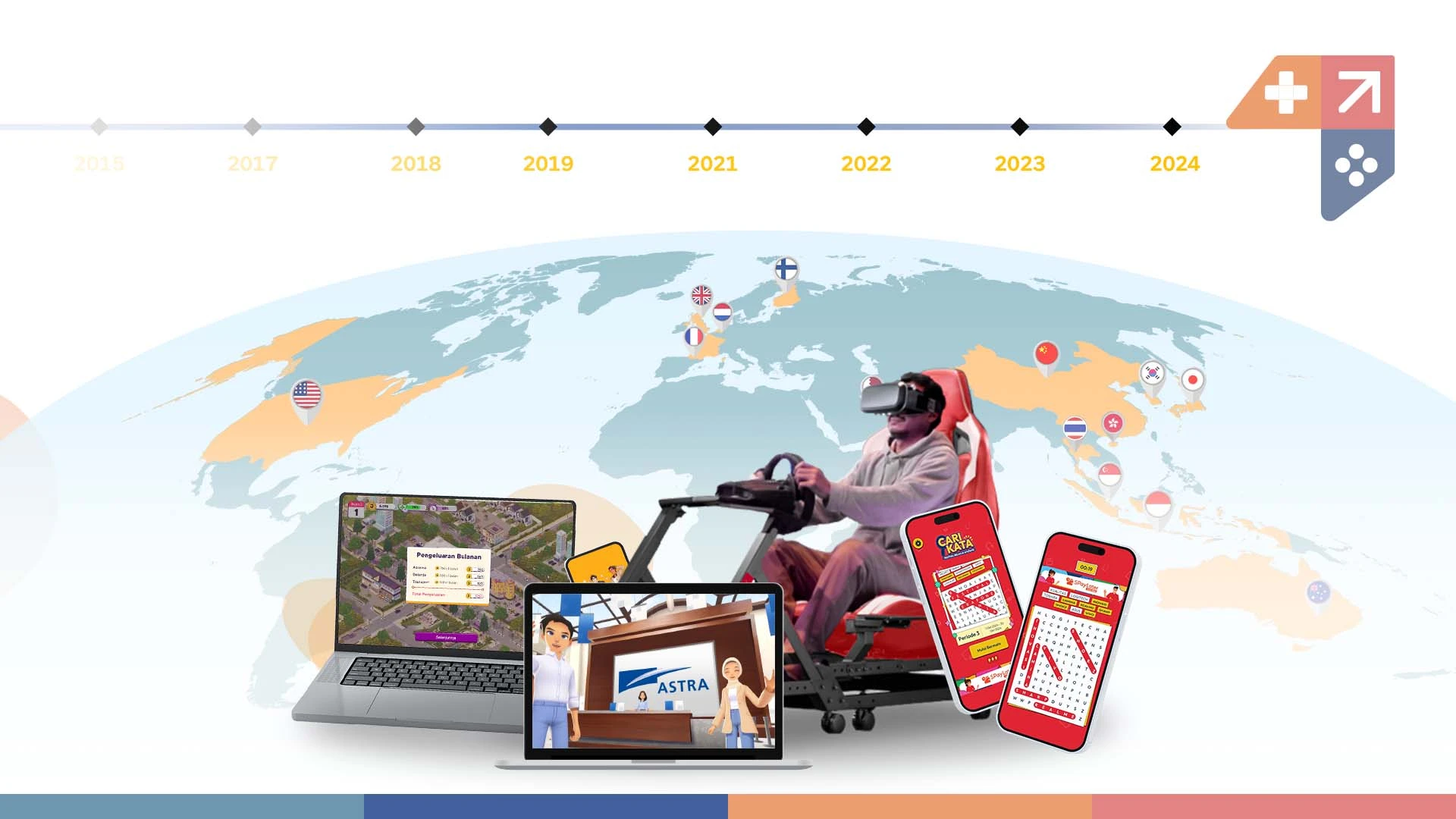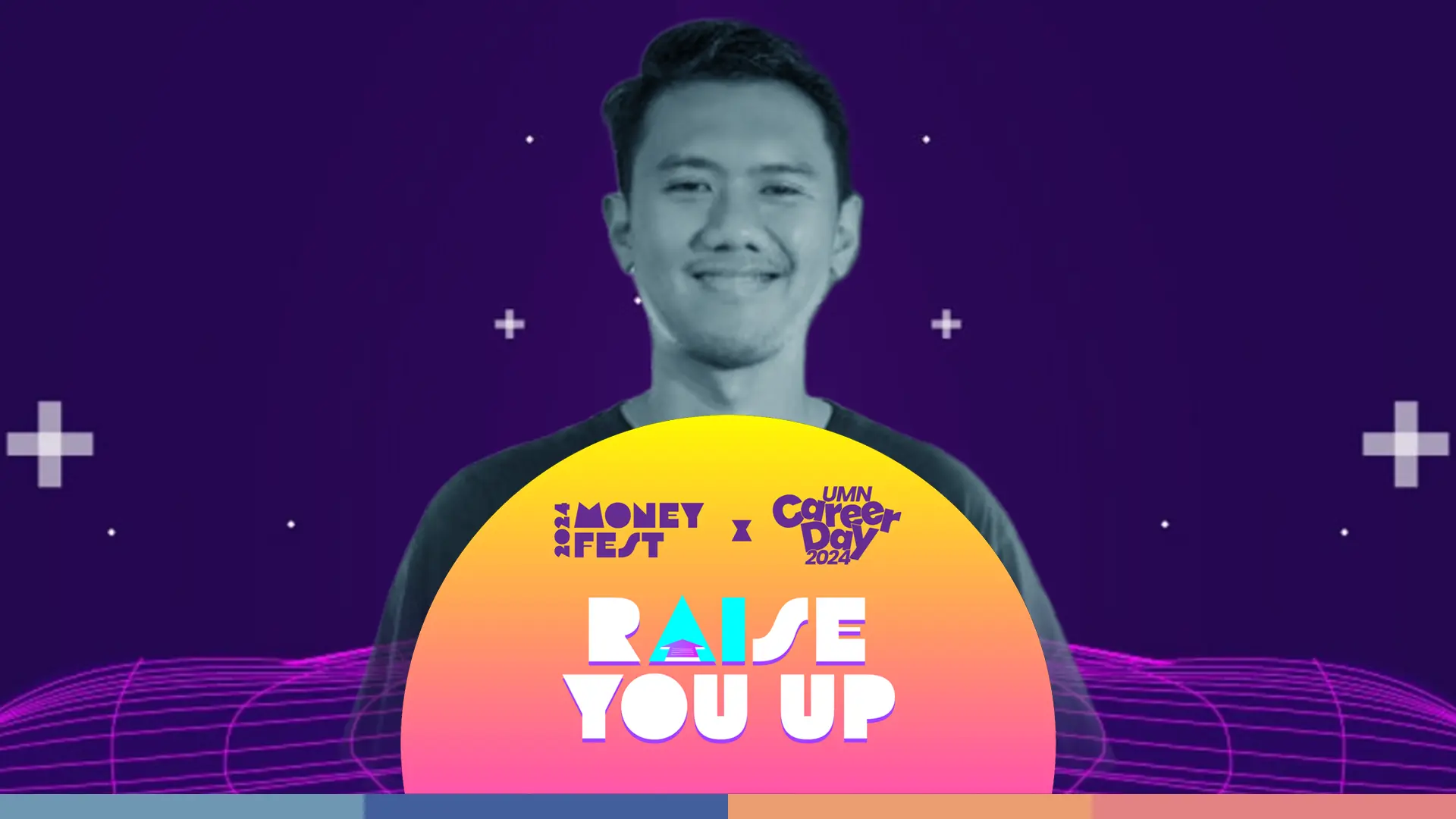The Meaning of Gamification: Definitions, Benefits, and Examples
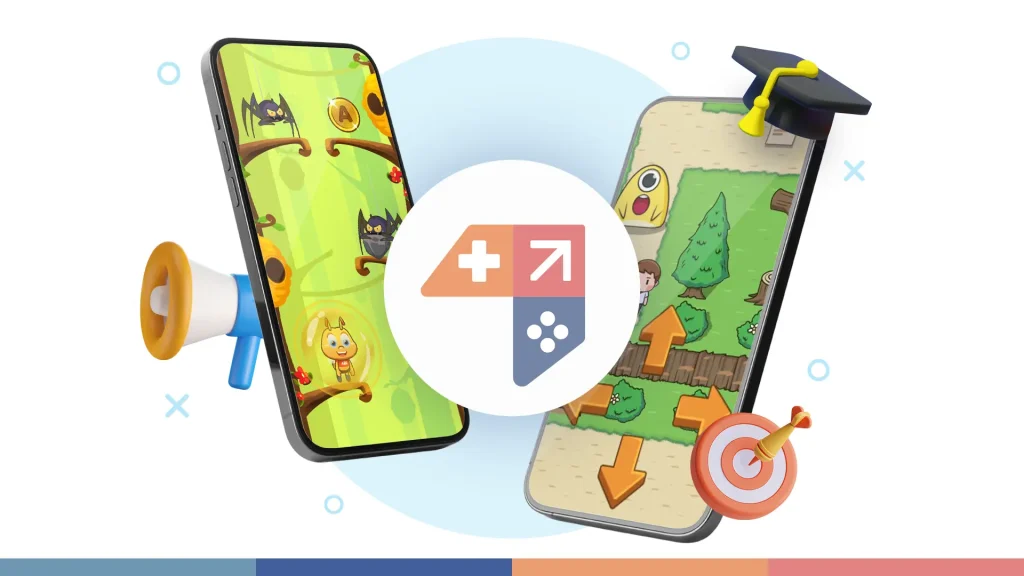
Many of us enjoy playing games to unwind or for entertainment. But what if we could make laboring or typically tiresome activities more engaging and enjoyable? That’s where gamification comes in. Gamification is a concept that applies game elements and principles to non-game contexts, such as education, business, or health. The aim of gamification is to improve user engagement, motivation, and enjoyment in performing specific activities. Although gamification is not a new phenomenon, it has become increasingly popular and relevant in the current digital era.
The Origin of Gamification
Gamification, essentially, has been around for a long time. However, the term “gamification” is relatively new. It was first coined by Nick Pelling, a consultant and software developer from the United Kingdom in 2002. He described gamification as the process of applying game elements. He founded a consulting company called Conundra Ltd, specializing in implementing game-like user interface design on electronic devices and software. He defined gamification as “applying accelerated user interface design as in games to make electronic transactions more fun and fast.”
Nick Pelling used this term to describe his idea of creating interfaces similar to ATMs and vending machines, hoping that these interfaces would be more enjoyable and user-friendly. He also envisioned that gamification could be applied to other domains, such as education, entertainment, or social networking. However, his concept did not receive much attention or acceptance at the time, and he moved on from it after a few years. Nevertheless, his idea was one of the first attempts to apply game elements to non-game contexts and how it affected subsequent gamification projects. One successful example of gamification is Bunchball, a gamification company founded in 2005. Bunchball’s flagship product, Dunder Mifflin Infinity, was a gamified social network based on the TV show The Office. Launched in 2007, it attracted over 8 million users in its first year. The product used game elements such as badges, currency, customization, and competition to engage users and increase their loyalty to the show. Users could earn points by watching episodes, completing quizzes, uploading photos, or participating in challenges. They could also use their points to purchase virtual goods or join teams based on their favorite characters. Dunder Mifflin Infinity was a fully gamified online platform that demonstrated the power and potential of gamification for entertainment and marketing purposes.
Another notable example is Chore Wars, a gamified platform launched in 2007 by Kevan Davis. Chore Wars aimed to persuade people to do their household chores by making it enjoyable and rewarding. The platform used fantasy themes and game mechanics such as points, gold coins, battles, and rewards to make household chores seem like missions or adventures akin to World of Warcraft or Dungeons & Dragons. Users could create their own characters and join groups with friends or family members. They could also track their household chores and earn points and rewards for completing them. They could compete with other users or groups for the highest score or most completed tasks. Chore Wars is an application that attempted to motivate routine or mundane tasks by adding elements of fun and fantasy. This platform also inspired similar applications that sought to gamify other aspects of life, such as fitness, health, productivity, or learning.
One of the most influential advocates of gamification for social change is Jane McGonigal, a game designer and researcher. She delivered a TED talk in 2010 titled “Gaming Can Make a Better World” and published a book in 2011 titled “Reality is Broken: Why Games Make Us Better and How They Can Change the World.” She argued that gamers could use their skills and motivation to solve real-world problems if presented as a game.
Jane argued that video games offer people a sense of purpose, challenge, feedback, and collaboration that the real world often lacks. She also cited various examples of gamified platforms or initiatives that aim to educate or persuade people on topics such as politics, the environment, and health. Some of these examples include Evoke, a game that motivates players to generate innovative solutions for global problems; SuperBetter, a game that assists players in overcoming personal challenges such as depression or illness; and Foldit, a game that empowers players to contribute to scientific research by folding proteins.
What is Gamification?
From its origin, we can conclude that gamification can be simply defined as the use of game design elements and game principles in a non-game context. For example, principles and themes in games such as earning virtual points or other currencies, and completing a series of tasks or activities to level up, can be used in contexts other than games to provide enjoyment and stimulation for users.
Benefits of Gamification
We’ve seen how gamification has evolved from an early concept to a powerful tool for engagement. But what exactly makes it so effective? Research across various fields has yielded positive results on how gamification can improve user experience and outcomes. Let’s look at some key benefits of gamification based on research studies:
1.Motivation and Engagement:
- Gamification can boost student motivation and engagement in educational settings.
- It allows learners to see their learning as a playful process playful process, encouraging active participation and interest.
- Recent studies have validated its potential to improve student motivation improve student motivation, engagement, and interaction while promoting experiential learning.
2. Better Learning Outcomes:
- Research has shown that gamification positively impacts cognitive positively impacts cognitive, motivational, and behavioral learning outcomes.
- A meta-analysis of 41 studies with over 5,000 participants revealed a significant large effect size in favor of gamification.
- Gamified learning can increase students’ intellectual accomplishment across different academic levels, from elementary school to college.
3. Flexible Paths to Achievement:
- Gamification allows multiple paths to achievement, meaning not everyone has to follow the same assignments or learning pathways.
- Users can explore different approaches explore different approaches to achieve their goals, promoting experiential learning.
4. Challenges and Future Research:
- Researchers continue to explore content areas, educational levels, theoretical models, game elements, and assessment tools to optimize gamification in education.
Important game elements used in gamification include:
- Points, badges, levels, or virtual currencies that can be obtained as a form of achievement or reward
- Leaderboards, rankings, or statistics showing the user’s performance or progress compared to other users
- Challenges, missions, or goals that users must complete with varying levels of difficulty
- Feedback, cues, or rewards given to users to provide information about their progress or results
- Avatars, characters, or profiles that can be customized by users to represent themselves
- Story, narrative, or theme that connects the activities performed by users
Gamification can also be defined as a set of activities and processes for solving problems using the characteristic elements of games. Thus, gamification involves not only the visual or aesthetic aspects of games but also the cognitive, emotional, and social aspects of games.
Gamification Best Practices
Now that we understand the power of gamification, let’s explore some best practices to ensure it delivers impactful results. By implementing these strategies, you can design engaging experiences that truly motivate users and achieve your desired outcomes. Here are some key principles to consider when implementing gamification effectively:
- Clearly Defined Goals: Align game elements with your desired outcomes. What do you want users to achieve?
- Know Your Audience: Tailor the game mechanics and rewards to resonate with your target audience’s motivations and preferences.
- Balanced Challenge: Make tasks achievable but not too easy to keep users engaged and progressing.
- Meaningful Rewards: Offer incentives that are relevant and valued by your users, whether it’s virtual badges, recognition, or tangible rewards.
- Clear Feedback and Progress Tracking: Provide users with consistent feedback on their performance and visualize their progress towards goals.
- Optional Consideration: Social Interaction and Competition: Depending on your goals, incorporating elements of competition or collaboration can further boost engagement.
By following these best practices, you can create a gamified experience that is not only enjoyable but also effective in driving the desired behaviors and outcomes.
Gamification Case Studies
Gamification in Marketing
Gamification in marketing is a transformative approach that taps into human psychology by incorporating game design elements and mechanics. By leveraging incentives like rewards, badges, points, and leaderboards, brands can captivate their audience’s attention and keep them actively participating. Here are some benefits of gamification in marketing:
- Increases User Engagement: Routine interactions become enjoyable experiences, leading to deeper connections and enhanced recall.
- Builds Brand Awareness: Memorable games and challenges intertwine your brand’s identity with positive emotions, expanding its reach.
- Collects Data Non-Intrusively: Gamification allows you to gather valuable insights without being intrusive.
- Boosts Conversion Rates: Transform routine interactions into rewarding achievements.
Gamification in Finance
Financial Services with Gamification
Financial services can struggle with user engagement and appear complex. Gamification in fintech tackles this head-on by transforming financial management into an engaging experience. This creates several competitive advantages for financial institutions:
- The Appeal: Gamification elements can make financial services more appealing and fun to use compared to competitors who don’t use this approach.
- Improved User Experience: Gamification can streamline and simplify financial tasks within apps and services, making them easier to navigate and manage. This leads to a more user-friendly experience, increasing customer satisfaction and loyalty.
Financial Literacy through Gamification
Financial literacy can be a hurdle for many people. Here’s where gamification shines:
- Engaging Learning: By transforming financial concepts into interactive games, gamification can make learning about money management more engaging and accessible. This empowers users to gain a deeper understanding of existing financial products and services, promoting sound financial decision-making.
Find out how Level Up powered by Agate improved GoPay by creating a fun gamification experience called Suwit.here.
Gamification in Education
Gamifying education aims to increase learners’ motivation and engagement by incorporating game design elements. However, empirical evidence is mixed, and long-term benefits remain uncertain. Key points include:
- Mechanisms and Methods: Researchers are still understanding how to gamify effectively.
- Specifics Matter: Gamifying an activity in line with educational context specifics is essential.
- Need for Rigorous Studies: To establish gamified learning as a recognized instructional approach, systematic studies are necessary.
Read more about how to navigate the complexities of gamification in education here.
Why is Gamification Important?
Gamification is not just a trend but an effective and powerful way to enhance learning, motivation, engagement, and performance. Gamification is based on the principles of human psychology, game design, and behavioral economics and can be applied to various domains and contexts. Whether you want to create gamification for education, work, health, or your personal life, there are gamification solutions that can help you achieve your goals and have fun along the way.
FAQ about Gamification
Q: What’s the difference between gamification and learning games?
Gamification and learning games both utilize game elements to enhance user experience, but they approach it differently. Learning games are essentially games designed specifically for educational purposes. They have a clear learning objective embedded within the gameplay itself. Think of educational apps for children or simulations used for professional training. Gamification, on the other hand, takes non-game activities and applies game-like elements such as points, badges, leaderboards, and challenges to make them more engaging and motivating. Imagine a fitness app that awards points for completed workouts or a customer loyalty program with tiered levels based on purchase history.
In short, learning games are entirely games with educational purposes, while gamification incorporates game elements into non-game activities.
Q: What type of learning is gamification?
Gamification itself isn’t a specific type of learning but rather a tool that can be applied to various learning styles. By incorporating elements like points, badges, and challenges, gamification can enhance motivation and engagement, leading to better information retention and skill development. This can be particularly effective for kinesthetic and visual learners who benefit from interactive and stimulating environments.
Q: What is the difference between gamification and gaming?
Gaming refers to the act of playing games, typically for entertainment purposes. The primary focus is on enjoyment and achieving goals within the game’s world. Gamification, on the other hand, borrows elements from games (points, badges, leaderboards) and applies them to non-game contexts like education, fitness, or productivity. The goal of gamification is to use these elements to increase user engagement and motivation to achieve a specific outcome outside the game itself.
If you are interested in learning more about gamification and how it can benefit you or your organization
Check out our gamification services page and contact us today. We are ready to help you create a gamification experience that aligns with your needs and preferences.
Article Authors

Junialdi Dwijaputra

Dias Setyanto
Related Articles
- All Posts
- All-EN

